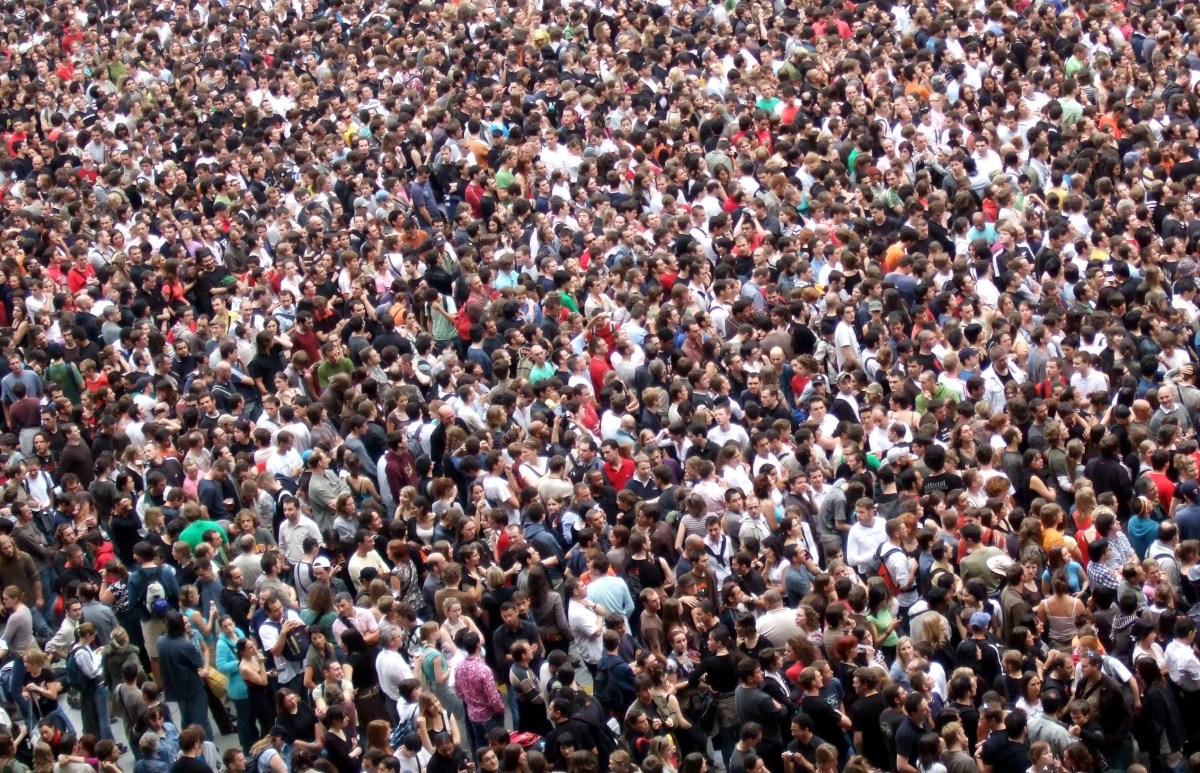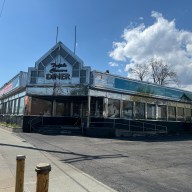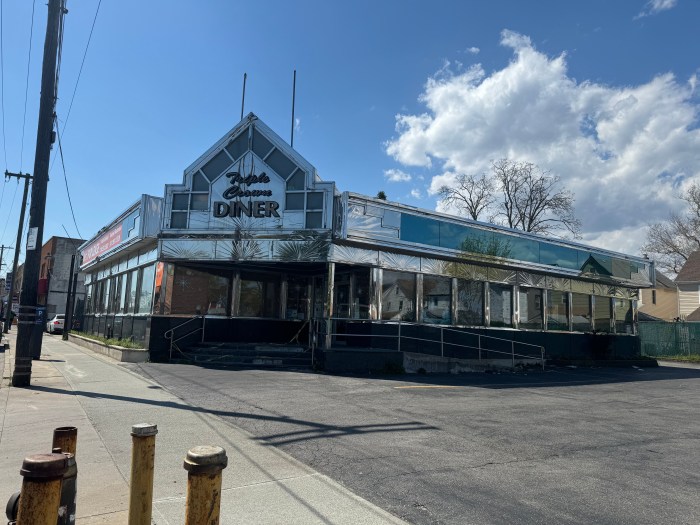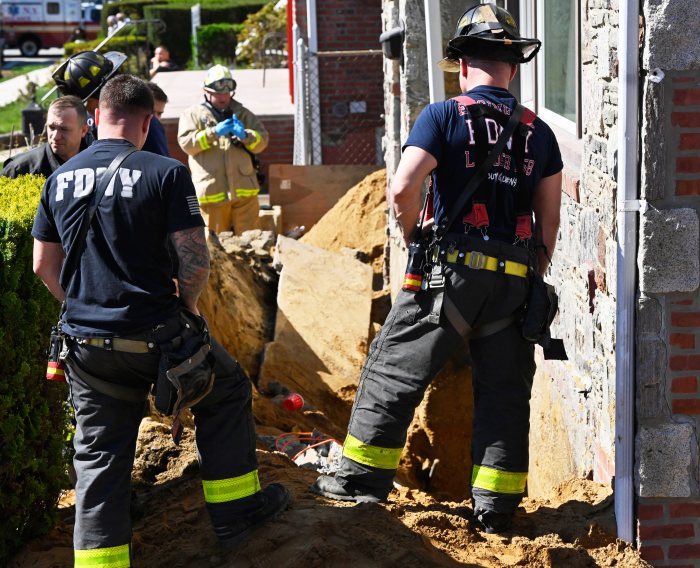The “World’s Borough” is not only home to one of the most diverse and multi-ethnic populations, but home to some of the most crowded neighborhoods in the city.
A report by StreetEasy, which uses recent data released by City Comptroller Scott Stringer and 2013 census data, found that Corona, East Elmhurst and Jackson Heights had overcrowding rates that exceeded 20 percent, making them the top three overcrowded neighborhoods in 2013.
These areas also had the highest percentage of immigrants in the city, with 64 percent of Elmhurst and Corona residents and 62 percent of Jackson Heights residents identifying as such.
A crowded household, according to the U.S. Census Bureau, is one where there is more than one person per room. A severely crowded household is defined by more than 1.5 persons per room. A room is not necessarily a bedroom. A couple living in a studio would be considered severely crowded while two people living in a one-bedroom would be considered crowded.
Queens ranked third in most crowded boroughs with 9.4 percent of households meeting that definition in 2013. More than 73,000 units in the borough were considered crowded, according to the comptroller’s report.
A whopping 8.9 percent of New York City households were considered crowded in 2013 compared to 3.3 percent of all U.S. households. Data also shows that four of the top 10 neighborhoods with the highest growth in crowding rates from 2010 to 2013 are also in Queens ― Corona, Fresh Meadows, Hillcrest and Pomonok all had at least a 4 percent increase in crowding rates. Corona’s rates jumped 5.8 percent in just three years.
StreetEasy predicts that the typical New York City household will need to spend 65.4 percent of its annual income on median asking rent this year, a seven percent increase from last year. Income growth remains stagnant while asking rent keeps jumping. Median asking rent is expected to jump 3.2 percent while median income will increase by seven percent, according to the report.
To offset the costs, many people are living with more roommates. The report also found that neighborhoods where the rent-to-income ratio was above 50 percent tend to be more crowded.
The city seems to be taking some action to ease the crowding. Stringer released on Thursday an audit which identified more than 1,000 city-owned lots across the five boroughs that have been vacant, most of them for more than 30 years.
Check out this map to see how crowded your neighborhood is:

































